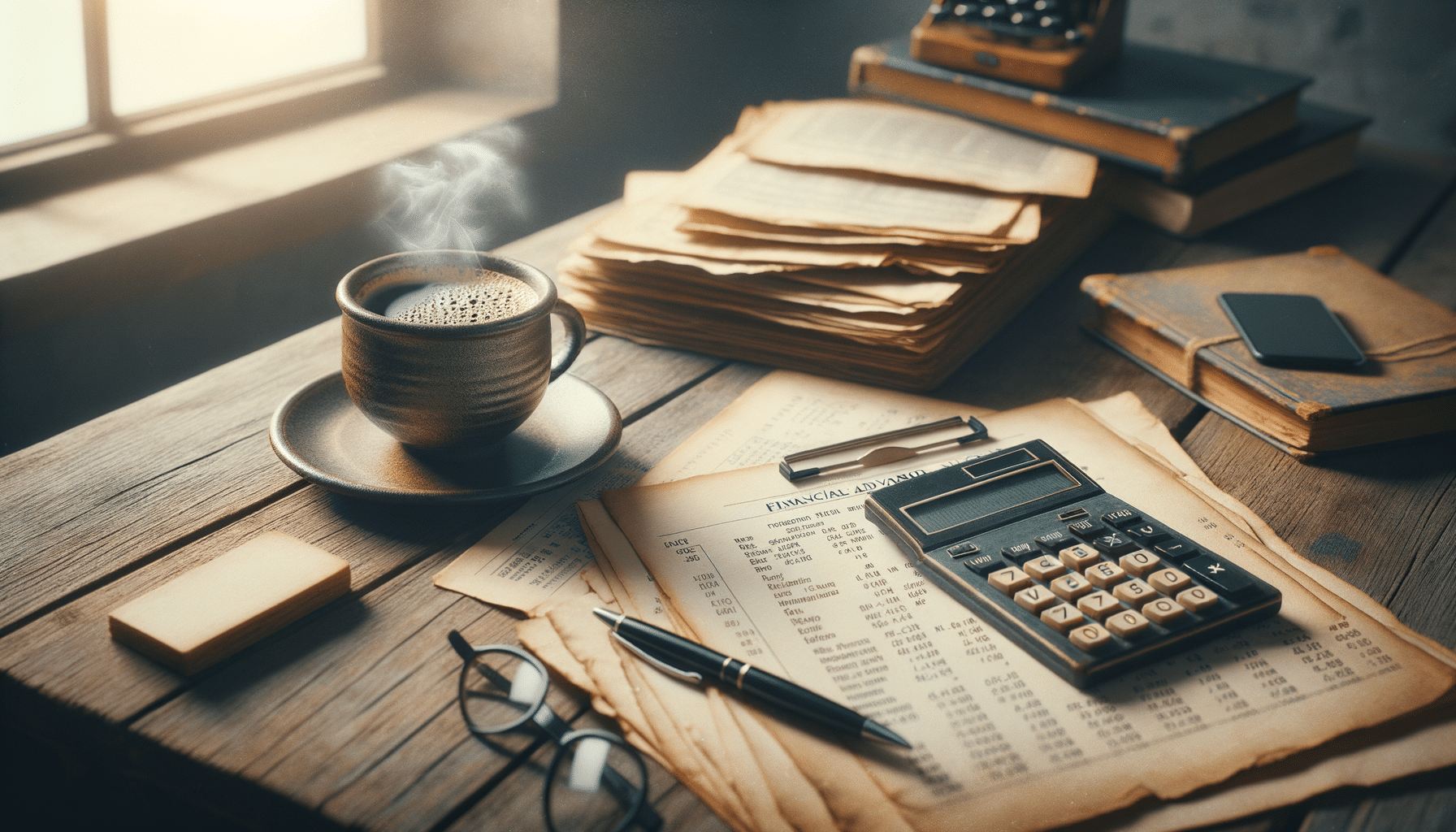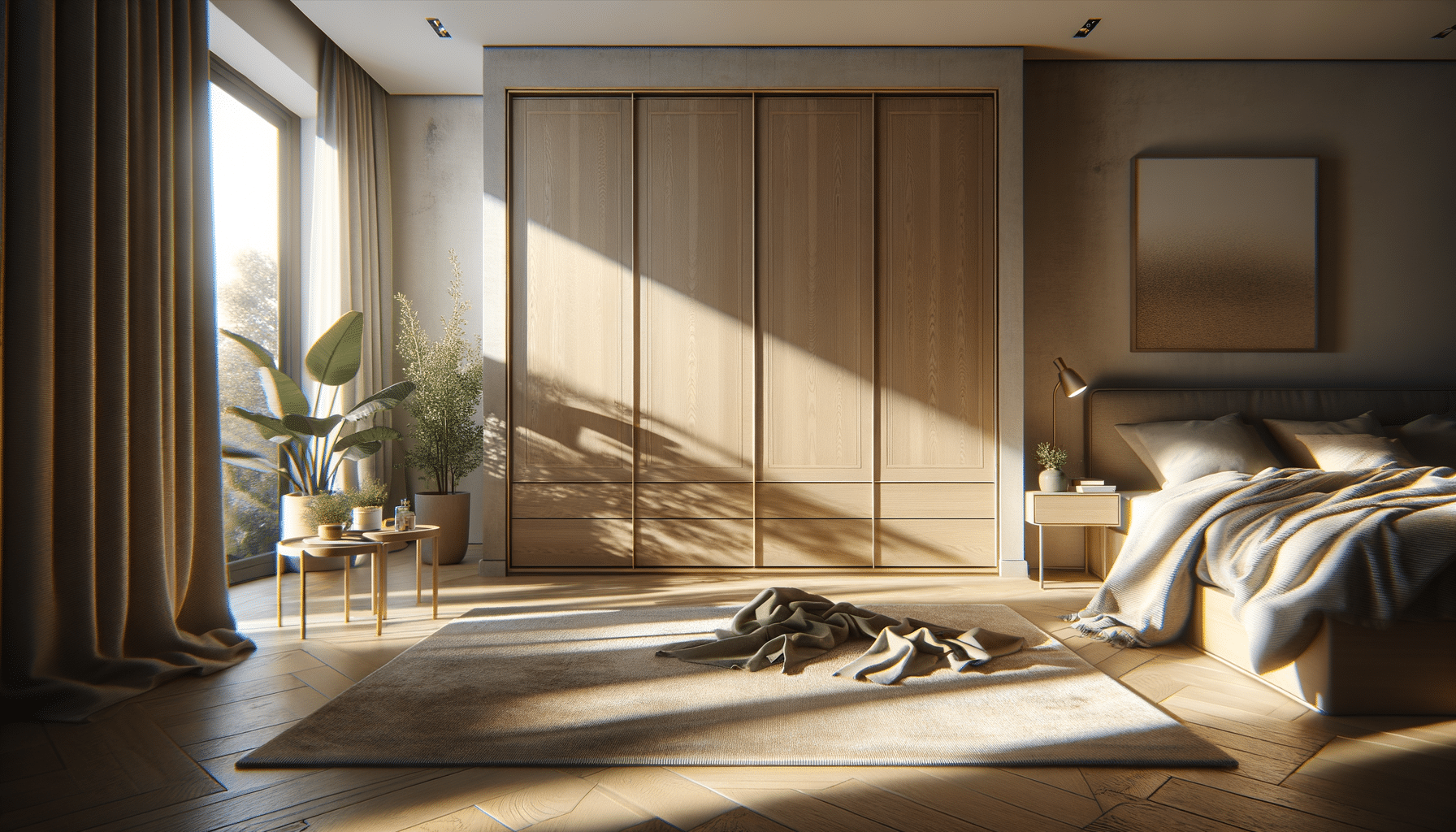
Trends in Luxury Real Estate: What Buyers Want
Luxury real estate is evolving, driven by the desires of discerning buyers seeking more than just opulence. This changing landscape is characterized by a blend of technology, sustainability, and personalized spaces that cater to individual lifestyles.
Understanding the Shift in Buyer Preferences
In the world of luxury real estate, buyer preferences are constantly evolving. A recent survey by Statista highlighted that over 60% of luxury homebuyers prioritize eco-friendly features, reflecting a growing trend towards sustainable living. This shift is not only about reducing carbon footprints but also about enhancing the quality of life.
Expert Insights
Real estate expert Tim Johnson notes, “Today’s luxury buyers are looking for homes that offer a seamless blend of technology and sustainability.” This perspective underscores the importance of integrating smart home technologies with green building practices.
Key Features in Demand
- Sustainable Building Materials
- Smart Home Technology
- Private Outdoor Spaces
- Wellness Amenities
Case Study: An Eco-Luxury Home
Consider the case of a recent luxury home renovation in California. The property was upgraded with solar panels, a greywater recycling system, and energy-efficient windows. These enhancements not only increased the home’s market value but also attracted environmentally conscious buyers.
| Feature | Benefits |
|---|---|
| Solar Panels | Reduced energy bills |
| Smart Thermostats | Optimized energy usage |
| Rainwater Harvesting | Water conservation |
| LED Lighting | Lower electricity consumption |
| Home Automation | Increased convenience |
| Energy-Efficient Windows | Improved insulation |
| Green Roofs | Enhanced air quality |
| Recycled Materials | Reduced environmental impact |
Actionable Tips for Buyers
- Research the market trends and prioritize eco-friendly features.
- Consult with a real estate agent who specializes in luxury properties.
- Consider future-proofing your investment with smart home installations.
Frequently Asked Questions
What defines a luxury home?
Luxury homes are typically characterized by their prime locations, high-end finishes, and unique architectural designs.
Why is sustainability important in luxury real estate?
Sustainability enhances property value, reduces utility costs, and meets the growing demand for eco-friendly living.
Conclusion
The luxury real estate market is transforming as buyers seek homes that reflect their values and lifestyles. By focusing on sustainability, technology, and personalization, the market is poised to meet these demands head-on. Buyers are encouraged to explore these trends and consider how they align with their own investment goals.


